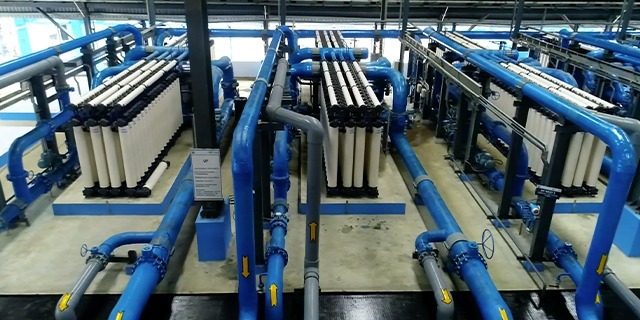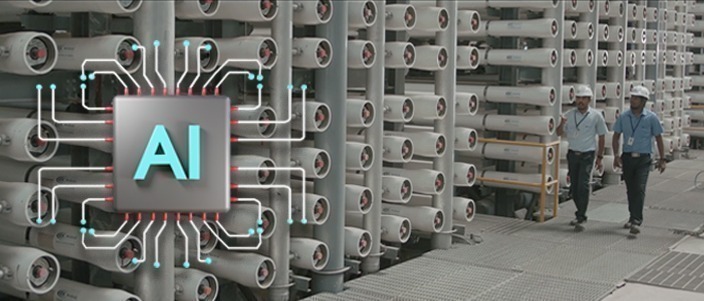Waste to Energy – Achieving Self-sustenance in Sewage Treatment Plant
05 January 2022 Submitted by Dr. Yagna Prasad K

The successful operation of a Sewage Treatment Plant (STP) not only lies with achieving the desired standards but also with value additions & overall plant operation, economical as well as technical ease. There is lot of concern on the present growing dependence on Power supply in Developing countries like India. This has driven the Wastewater treatment market to look for alternative sources of energy. Bio sludge, the major waste generated in an STP is a valuable carbonaceous resource, which can be efficiently utilized for generation of energy with well-designed Sludge Treatment units employing Anaerobic digesters, Biogas harness facilities and Biogas based GenSet systems. These systems are capable of generating electricity to fulfil the self-sustenance of the Plants, from where energy is harnessed in the form of biogas. Some of these STPs are successfully operating for more than ten years for Chennai Metropolitan Water Supply and Sewerage Board with consistent and enhanced power generation from biogas in Chennai, India. The fine-tuned operations have helped in reducing energy requirement from State Electricity Grid/Diesel Generator Set (DG) and at the same time sustaining its sole purpose, sewage treatment.
The Sewage Treatment Plants at Kodungaiyur and Perungudi are two among the four sewerage treatment plants of Chennai City executed by WABAG during 2006. Both STPs were designed based on Conventional ASP for capacities of 110 MLD and 54 MLD respectively. Other two STPs of 60 MLD at Koyambedu and 40 MLD at Nesapakkam were executed by other contractors. In all these STPs, emphasis has been laid into sludge treatment and generation of power from biogas, utilizing the same to run the whole treatment plant thereby significantly reducing the electricity import from the State Electricity Grid.

The treatment of sewage is typically done through primary treatment for removal of solids/grit etc., followed by biological treatment in conventional activated sludge system. The primary and excess biosludge produced is thickened and digested in anaerobic sludge digestion, producing methane rich biogas and well-digested biosludge suitable for disposal after dewatering in a centrifuge. The biogas produced is collected in a gas holder and used as fuel in biogas engine (1 MW capacity) after passing the same in bio-scrubber for removal of hydrogen sulfide, which is corrosive to the gas engine.

Success of plant operation and achieving even better results is possible through close monitoring and control of process. Dedicated efforts by the technical team provides the consistent successful operations of the plant for not only achieving the desired parameters but also the energy produced by non-conventional energy has helps the environment and eases the burden of the precious resource – “Electric Power”.







